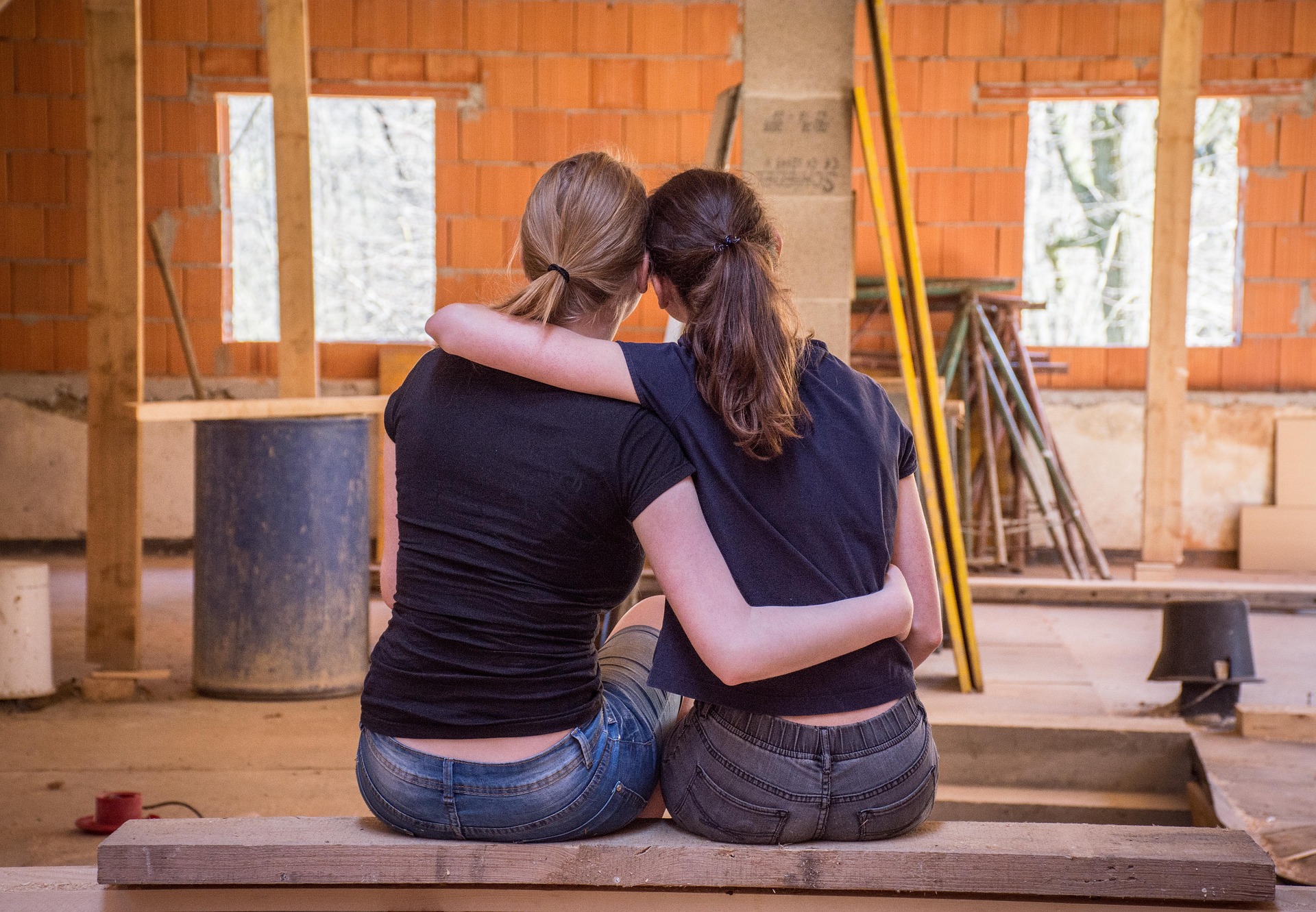Shaping the Future: The Silent Rise of the Intentional Communities
Intentional communities, a term that encompasses co-living spaces, communes, and eco-villages, represent a growing trend in the way we approach living and social interactions in the 21st century. This trend, although not entirely new, is gaining traction and attention in response to several societal shifts. Read below to delve deeper into the emergence and implications of these unique social constructs.

An Historical Overview of Intentional Communities
The concept of intentional communities is not new. Throughout history, humans have often chosen to live together in groups defined by shared beliefs, values, or lifestyle choices. Early Christian monastic communities, utopian societies of the 19th century, and the communes of the 1960s are all examples of this phenomenon. However, what sets today’s intentional communities apart is their response to very modern societal challenges and needs.
Intentional Communities: An Answer to Modern Problems
Today’s intentional communities are often born out of a desire to combat the isolation and disconnection fostered by urban living and digital technology. They offer an alternative to traditional housing options, providing a space where individuals can experience a sense of community and shared purpose. These communities often prioritize sustainability, equality, and communal living, which appeal to those disillusioned with consumerism and individualism.
The Cultural Shift Towards Community Living
The growing interest in intentional communities reflects broader cultural shifts. More and more people are seeking meaningful connections, a slower pace of life, and a greater sense of purpose. The popularity of minimalism and the slow movement are examples of these shifts. Research also suggests that younger generations, particularly millennials and Gen Z, value experiences over possessions, a mindset that aligns well with the ethos of many intentional communities.
The Impact of Intentional Communities on Society
The rise of intentional communities signifies a significant shift in societal attitudes towards living arrangements and social interactions. It challenges conventional norms of success, wealth, and happiness, offering an alternative vision rooted in community, sustainability, and shared values. Furthermore, these communities often experiment with innovative solutions to social and environmental issues, potentially influencing wider societal change.
Looking Towards the Future: The Potential of Intentional Communities
Given the current societal trends, it’s likely that the popularity of intentional communities will continue to grow. As more people seek meaningful connections and sustainable lifestyles, these communities offer a valuable alternative to mainstream living arrangements. However, their impact will depend on how well they navigate challenges such as legal issues, economic sustainability, and internal conflict.
In conclusion, the rise of intentional communities reflects a deep-seated desire for connection, community, and a more sustainable way of life. They offer a fascinating lens through which to view broader societal changes and the evolving nature of human interaction. As we move forward, it will be interesting to see how these communities continue to shape and be shaped by the society around them.





